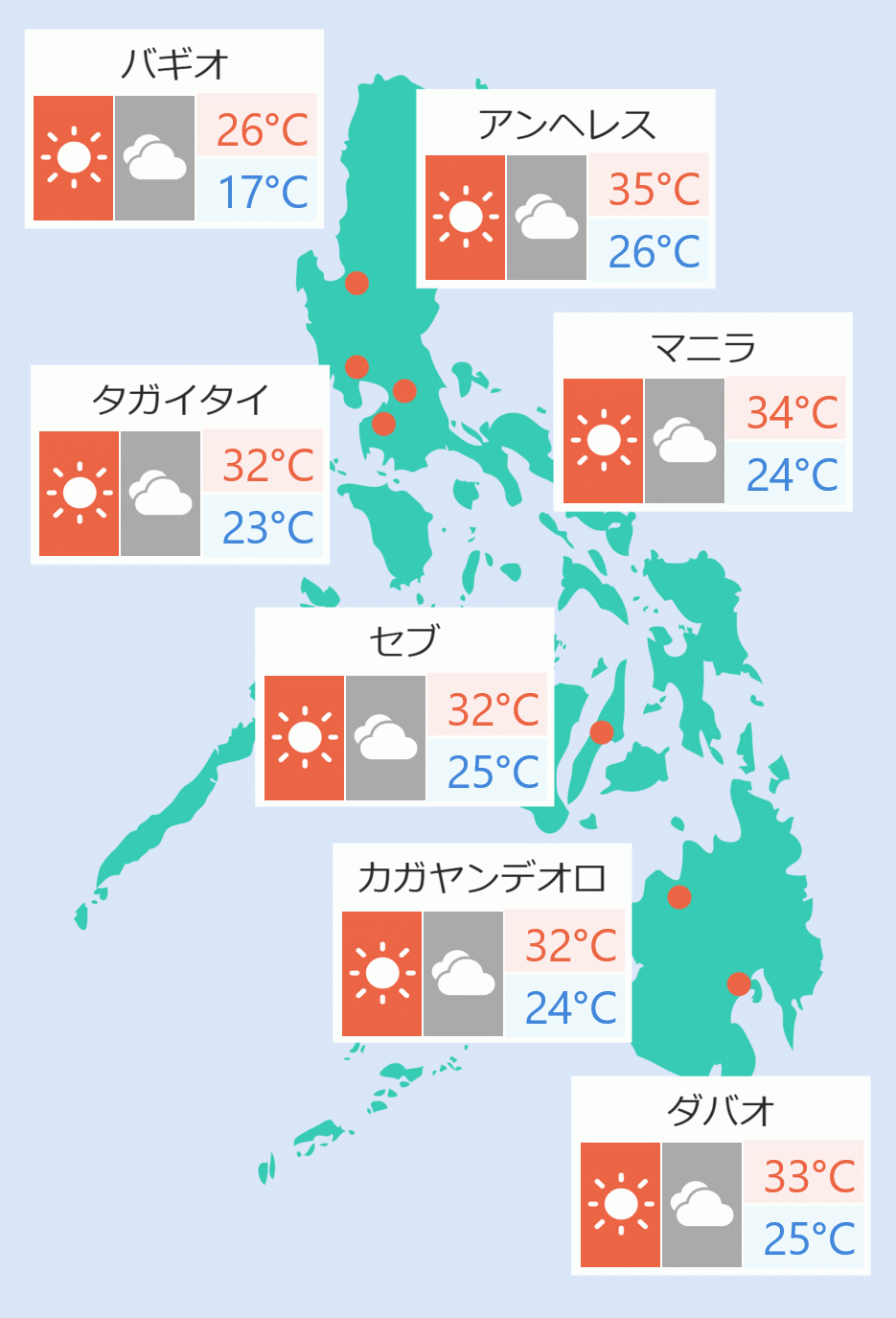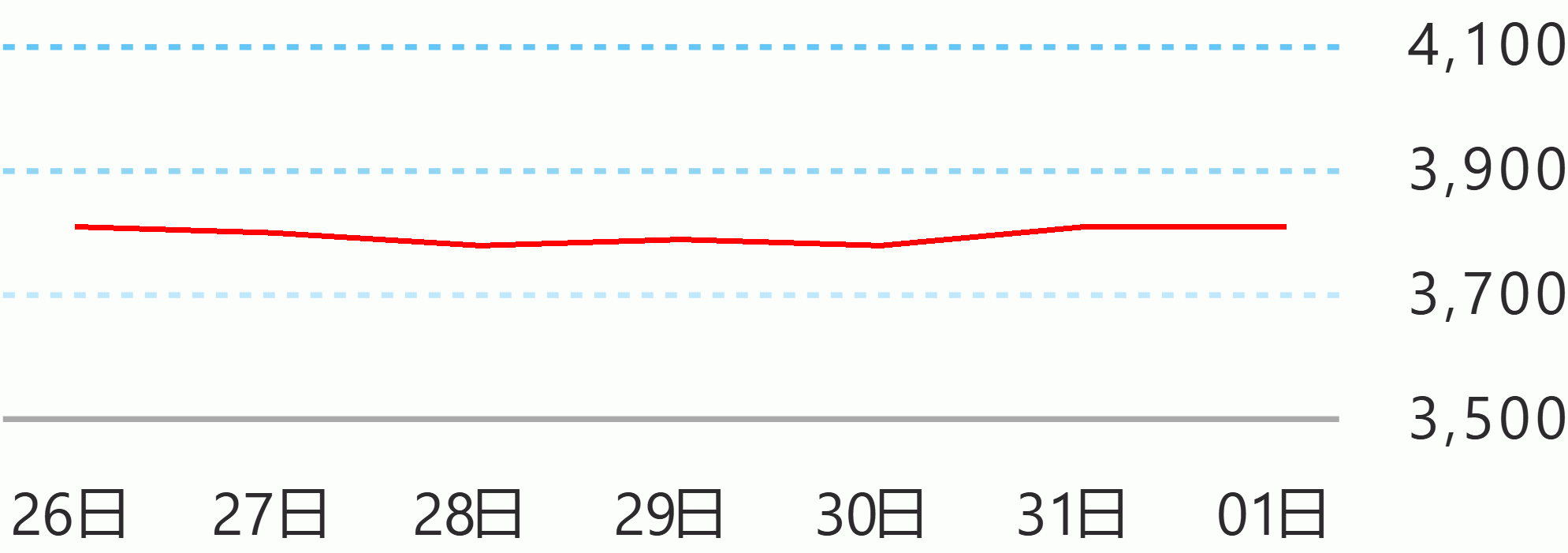The Philippine government is eyeing an "expanded target testing" of 1 to 2 percent of the estimated 110 million Filipino population as no country has ever tested all its people, Malacañang said on Tuesday.
In a virtual press briefing, Presidential Spokesperson Harry Roque said that in case of COVID-19 epicenter, like Metro Manila, the target population to be tested could even go up to 10 percent.
"Maybe we used the wrong term of 'mass testing'. The term should be expanded target testing. As I said, there's no country in the world that can test the entire population. The key on testing is to work on benchmarks, which means 1 to 2 percent of the population of the entire country or in the case of an epicenter, even higher than up to 10 percent. And that is our target in Metro Manila," he said.
Roque said there was no "perfect formula" and what the government is doing is "to follow the global benchmark and build capacity to test broadly and swiftly."
Roque apparently came out with the terminology on "expanded target testing" after he was heavily criticized in social media following his statement on Monday the government had no plan to conduct mass testing similar to Wuhan, the epicenter of coronavirus in China, which targeted 11 million population.
He has said the government was leaving it to the private sector to do the mass testing.
When a reporter pressed on his earlier statement, Roque apparently became irked and even cut the reporter from further asking by turning to the moderator for the next lined up query.
Roque reiterated the earlier target set by the National Task Force Against COVID-19 to increase coronavirus testing to 30,000 per day by May 30 from 11,127 tests per day as of May 15.
He said those who need to be tested are patients who are critical or have severe cases, have mild cases but are part of the vulnerable sector, have mild cases and not vulnerable, and are asymptomatic but have close contact or with history of travel. Celerina Monte/DMS





 English
English










